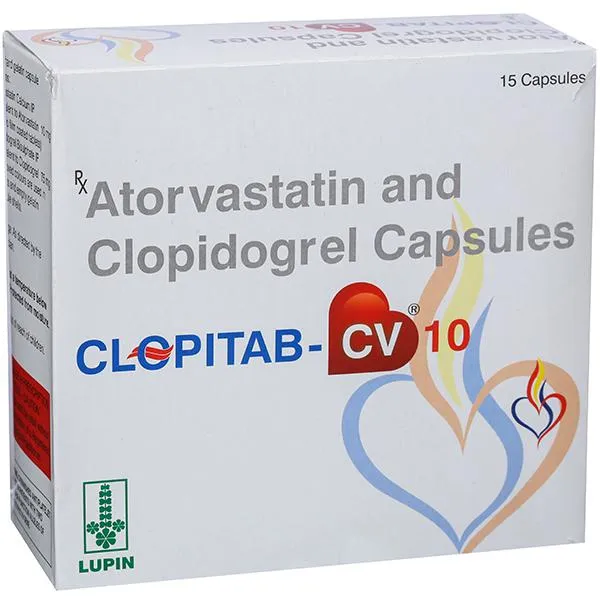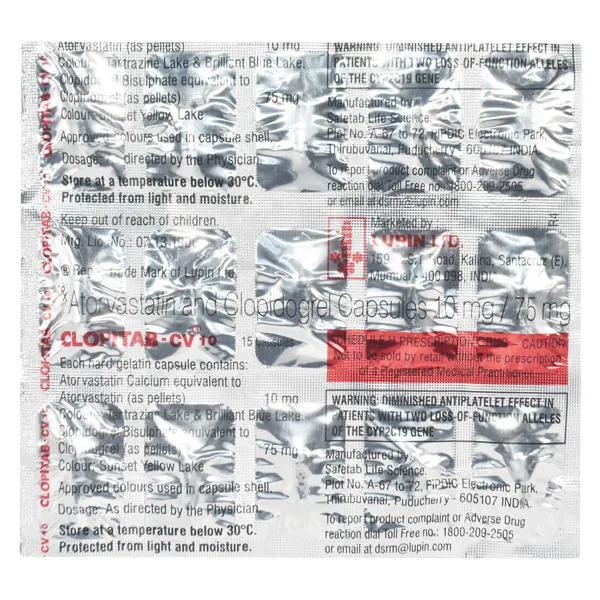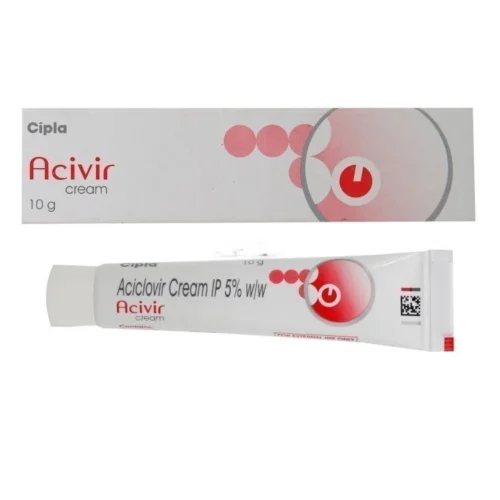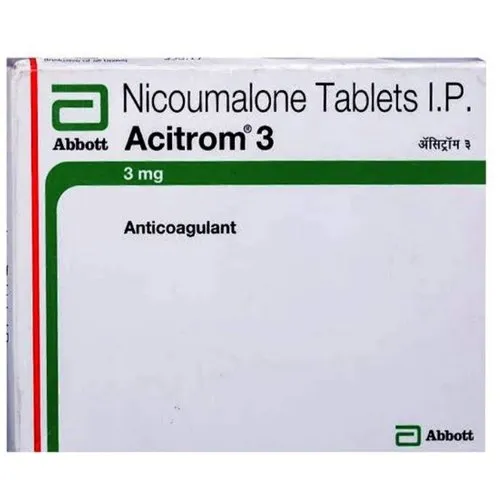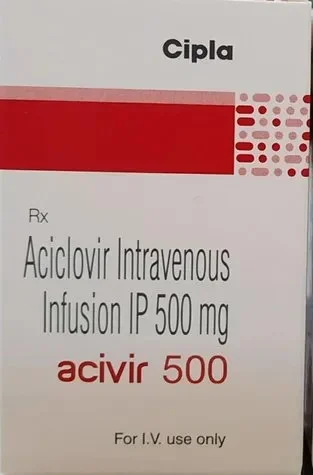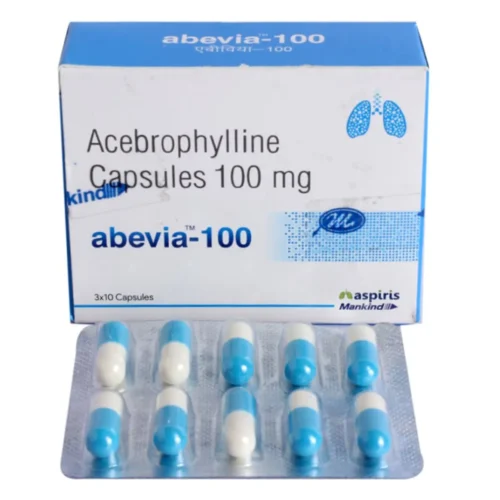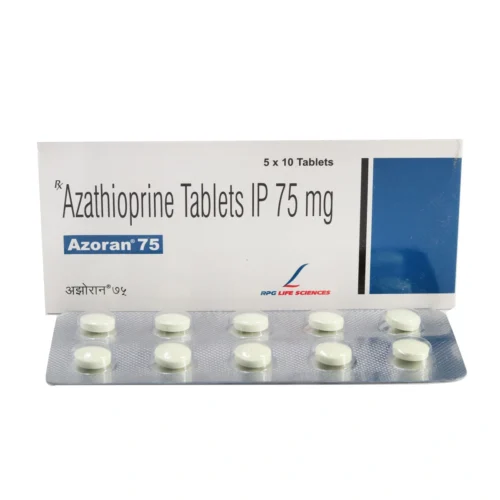Use:
A combination of two drugs used to treat heart attack and stroke, it lowers LDL (bad) cholesterol and triglyceride (fats). It also reduces blood clots.
Indication:
It is best to take it with food to prevent stomach discomfort. You will need to take it at regular intervals according to your doctor’s schedule. Taking it the same time each day will make it easier to remember. The dosage and duration of the treatment will vary depending on the type of treatment you are receiving. Never stop taking it, even when feeling better, until you have completed the full course of treatment. Lifestyle modifications such as eating low-fat foods, exercising and abstaining from smoking may improve the effectiveness of this medicine.
Side Effects:
Common side effects include nausea, abdominal discomfort, constipation and muscle pain. These side effects are usually mild, but tell your doctor if they make you sick or if they persist for more than a couple of days. Tell your doctor if you notice discoloration of your skin or eyes or dark urine or stools, as these may be signs of liver problems. You may also be asked to have regular blood sugar and liver tests while taking this medication.
Safety Advice:
If you have liver or kidney disease, consult your doctor before taking this medicine. Pregnant women should inform their healthcare provider if they are pregnant, planning to become pregnant, or breastfeeding. It is important to inform your healthcare provider about any other medications you are taking, as they may influence or be affected by the use of this medicine.

